Even before visiting the Georgia Sea Turtle Center, the tranquility of a dark night on Jekyll Island and the beauty of the place in daylight enchanted me. Regular readers know I spend a good deal of time hiking the central coast of California around Monterey Bay and Big Sur checking out birds and marine life. Sea turtles are not common in these waters around my California home, so I was interested in learning more about these great creatures common to southeast U.S. beaches.
The day before visiting the Georgia Sea Turtle Center, I had seen the van at the Jekyll Island Information Center, located on the causeway at the toll gate.
I knew I was entering a special place between sighting the Georgia Sea Turtle Center van and turtle crossing signs along the miles of causeway crossing the estuary marshlands to reach Jekyll Island.
About 200 turtles are killed by cars along the Jekyll Island Causeway each year.
Georgia Sea Turtle Center (GSTC) is located on the same 200-acre grounds as Jekyll Island Club Hotel and Historic District. There is a lot with free parking at the center.
The Georgia Sea Turtle Center was established in 2007 and is housed in the historic 1902 power plant building for the former Jekyll Island Club, one of the most exclusive country clubs in the USA when it opened in 1885. One of the interesting historical notes inside the building is the construction for the power plant was to have started in 1893-94 to electrify Jekyll Island, however, a yellow fever epidemic in Brunswick, the nearest city, kept the Jekyll Island Club closed that season.
Admission is $7 per adult and $5 per child (4-12).
The educational center itself is small. There are several exhibits in one room. More fascinating for me was the opportunity to watch the GSTC staff veterinarian work on turtles through a large window and video monitors.
In the past 15 years, the number of sea turtle nests on Georgia’s coast ranged from a low 367 to a high 1,506 nests. As of June 5, 2015 the numbers were 42 nests on Jekyll Island and 580 nests state-wide on Georgia’s coast.
Loggerhead Sea Turtle Nests
May to August is the nesting season on Georgia’s coast and Loggerhead sea turtles are the most common nesting species. Only females return to land after birth. Males spend their entire lives at sea after hatching. Loggerhead turtles are common to Georgia and reproductive females mature at 30 to 35 years of age, returning to the coast to lay four or five clutches of eggs in the sand at two-week intervals. Most sea turtles lay their eggs at night when temperatures are cooler and the process takes two or more hours. The nest needs to be above the high tide line to keep the eggs dry. The female turtle digs a hole nearly two feet deep and drops about 120 ping pong ball sized eggs, then covers the nest with sand and returns to the sea.
A fascinating biological aspect of sea turtle nests is these animals lack sex chromosomes. Sex is determined by the temperature in the nest. Warmer eggs produce females. Eggs in the center of the nest surrounded by other eggs tend to produce females while the cooler outer eggs of the nest tend to produce male sea turtles.
The sign in the Georgia Sea Turtle Center reads:
To remember this distinction, think:
Girls are hot and boys are cool!
Turtles Dig the Dark
When I stayed at the St. Regis Bal Harbour in Florida a few years ago, there were signs about how the lighting at the resort was conducive to sea turtle nesting. I had seen a large sea turtle sign at Daytona Beach Pier the day before. The Georgia Sea Turtle Center reinforced the concept that sea turtles have a far better survival rate when they nest in locations with little electric lighting.
Sea Turtle hatchlings instinctively migrate to the brightest part of the horizon and that is usually the direction of the ocean. Electric lights disorient hatchlings and these newborn turtles often crawl away from the ocean and toward electric lights near the beach. Houselights on the beach are an impediment to sea turtle survival.
The most common injury to sea turtles are boat strikes. Collisions with boats result in as many as half the deaths of sea turtles.
Some Sea Turtles are huge and may live longer than humans
What really moved me about sea turtles was the realization these creatures can grow to immense sizes and live for more than one hundred years.
There are five sea turtle species common to Georgia.
- Kemp’s Ridley Sea Turtles are the smallest sea turtle at about 80 to 100 pounds. Their carapace (shell) is about two feet long. These are the second most abundant sea turtle species along the Georgia coast. Females nest in a large group on a single beach in Rancho Nuevo, Mexico. In 1947, an estimated 40,000 females nested in a single day. In 1994, the number of nesting females had dropped to 580. These are the most critically endangered sea turtles worldwide. Global conservation efforts have raised the nesting population to about 12,000 females.
- Hawksbill Sea Turtles have a narrow skull and bird-like beak used to eat sea sponges in tropical waters worldwide. They play a vital role in reducing sponge populations which damage coral reefs. Adult turtles weigh 100 to 150 pounds with a carapace around 30 to 36 inches. Their beautiful yellow and brown carapace used for jewelry has resulted in them being hunted nearly to extinction.
- Green Sea Turtles have a small slender head and a brown shell. They are called green turtles due to the green color of their body fat and muscles resulting from a diet of algae and sea grasses. Adults weigh 300 to 350 pounds and their carapace is generally over 3 feet.
- Loggerhead Sea Turtles are the most common species to Georgia. Their large head and jaw gives them the name. Adults tend to weigh about 250 pounds with a carapace around 3 feet in length. Loggerhead turtles are the most frequent nesters along Georgia’s coast.
- Leatherback Sea Turtles are the largest species of sea turtles with adults growing to over 2,000 pounds and a carapace over 9 feet in length. These great creatures can dive up to 4,000 feet. Leatherback sea turtles feed in cold northern waters and migrate to the Caribbean for nesting. Only a few leatherback nests are found in Georgia each year.
Sea turtles have lungs and need to breathe air, however, their species adaptations allow them to spend long periods underwater. The record for a sea turtle underwater dive is more than 10 hours.
Another interesting difference between sea turtles and land turtles is a sea turtle is incapable of retracting its head into the carapace.
The odds are estimated to be about 1 in 4,000 that a sea turtle hatchling will survive to adulthood.
Sea Turtle Hospital
Outside the Georgia Sea Turtle Center exhibit room is a path to the Sea Turtle Hospital. I had seen the GSTC veterinarian working on an owl’s wing when I was inside the exhibit room. A little later I had the opportunity to watch a procedure on a loggerhead sea turtle.
Inside the Sea Turtle Hospital are large tanks with patients. Laminated notebook pages explain the common health issues and injuries and procedures to treat and rehabilitate sea turtles.
These pages show four turtles treated at the GSTC Hospital who were partially paralyzed by boat strikes and unfit for release back into the sea. They found new homes in aquariums and zoos. Ziva went to Phoenix, Thalassia went to Oklahoma, Sunburst to Pittsburgh and Charlotte to Connecticut. Sea turtles can’t be accurately aged, but adults of some species are estimated to be 100 years old.
Each tank with turtles had a name card. Unfortunately, there was little information about the individual patients in the books by the tanks. Signs directed visitors to ask the staff about individual turtles. But, the staff were busy with turtle feedings and patient procedures.
Georgia Sea Turtle Center veterinarian holding a loggerhead sea turtle as it is transported into the patient room of the hospital for a procedure.
Close-up photo of the loggerhead sea turtle with the vet’s hand seen restraining its flippers.
The Sea Turtle Hospital patient room has a large window for viewing from the Exhibit room with two video monitors. This is the same loggerhead turtle I had seen wheeled from the hospital to the patient room. The procedure took about 15 minutes and the loggerhead patient was rolled back to its water tank in the hospital with the vet restraining its powerful flippers for the move.
Georgia Sea Turtle Center is a 5-star attraction for my travel style. I learned quite a bit about sea turtles from the educational exhibits and a powerful emotional bond developed from my tour of the Sea Turtle Hospital and viewing veterinary procedures on these great creatures of the sea.
This $200 sea turtle stuffed animal caught my eye in the retail room. I settled for a Georgia Sea Turtle Center t-shirt.
Loyalty Traveler Road Trip Orlando to Knoxville June 4-9, 2015
- Orlando to Knoxville road trip in 1,100 miles–my outline of destination articles.
- Daytona Beach, Florida – Babes, Bikes and Speed at Daytona Beach
- Jekyll Island, Georgia from historic country club to State Park This article was accidentally published when I had only described the Jekyll Island Causeway. Rather than delete it, I left it posted and the story of the transformation of Jekyll Island from historic country club to Georgia State park continues in the post below.
- Jekyll Island, Georgia History and Jekyll Island Club Hotel
- Best Western paid me $11 for my Georgia hotel night
- Georgia Sea Turtle Center, Jekyll Island, Georgia
- Westin Jekyll Island, Holiday Inn Resort and Quality Inn Jekyll Island
- Savannah, Georgia Historic Downtown and Riverfront
- The Brice, Savannah, a Kimpton Hotel
- Tybee Island, Georgia beach and lighthouse
- Fort Pulaski National Monument and Civil War history in Savannah region
- Congaree National Park, South Carolina
- Downtown Asheville, North Carolina
- Biltmore Estate, Asheville, North Carolina
- The Inn at Biltmore, Asheville, North Carolina
- Asheville Vibrant Craft Beer Scene
- Waterfalls trails in DuPont State Forest, North Carolina
- Brevard, North Carolina – white squirrels and Pisgah National Forest
- Blue Ridge Parkway Motor Road, North Carolina
- Great Smoky Mountains National Park
- Gatlinburg and Pigeon Forge, Tennessee


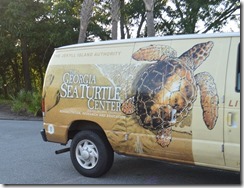
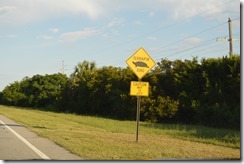
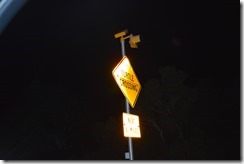
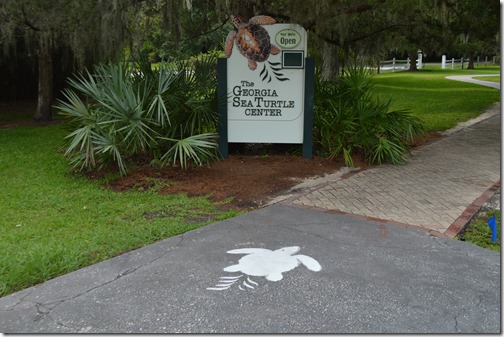

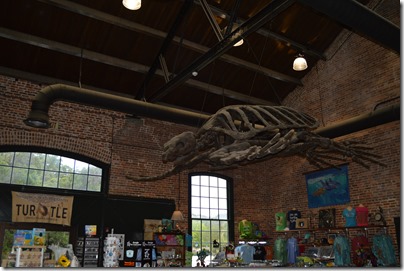
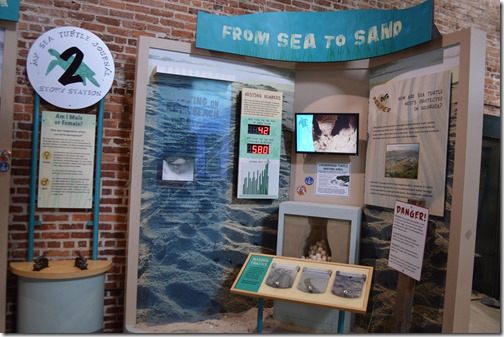
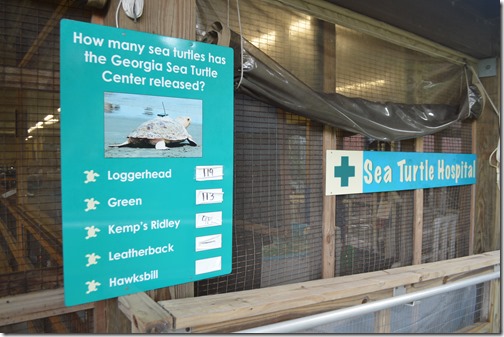
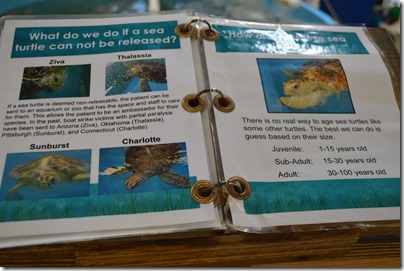
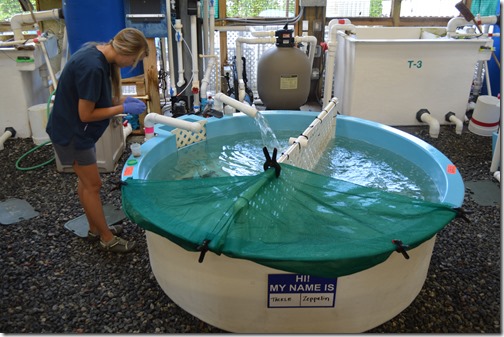
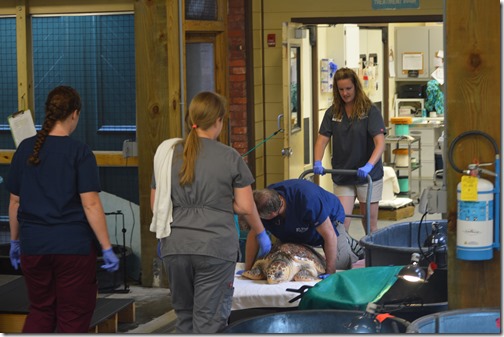

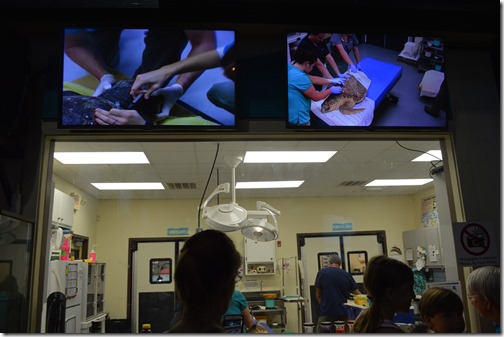
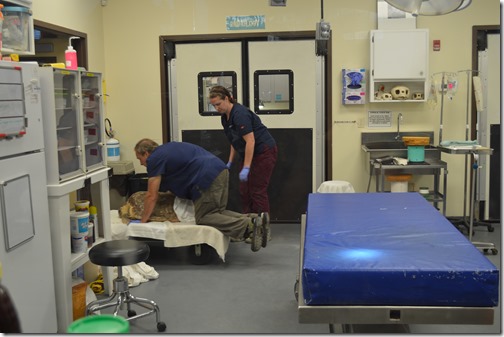
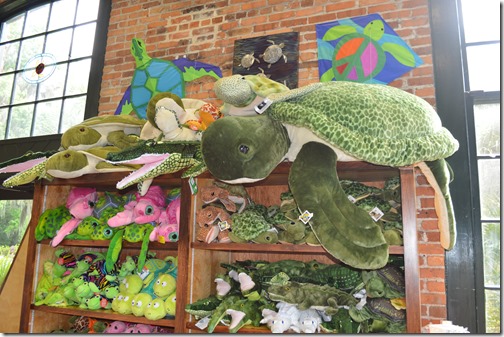
6 Comments
Comments are closed.